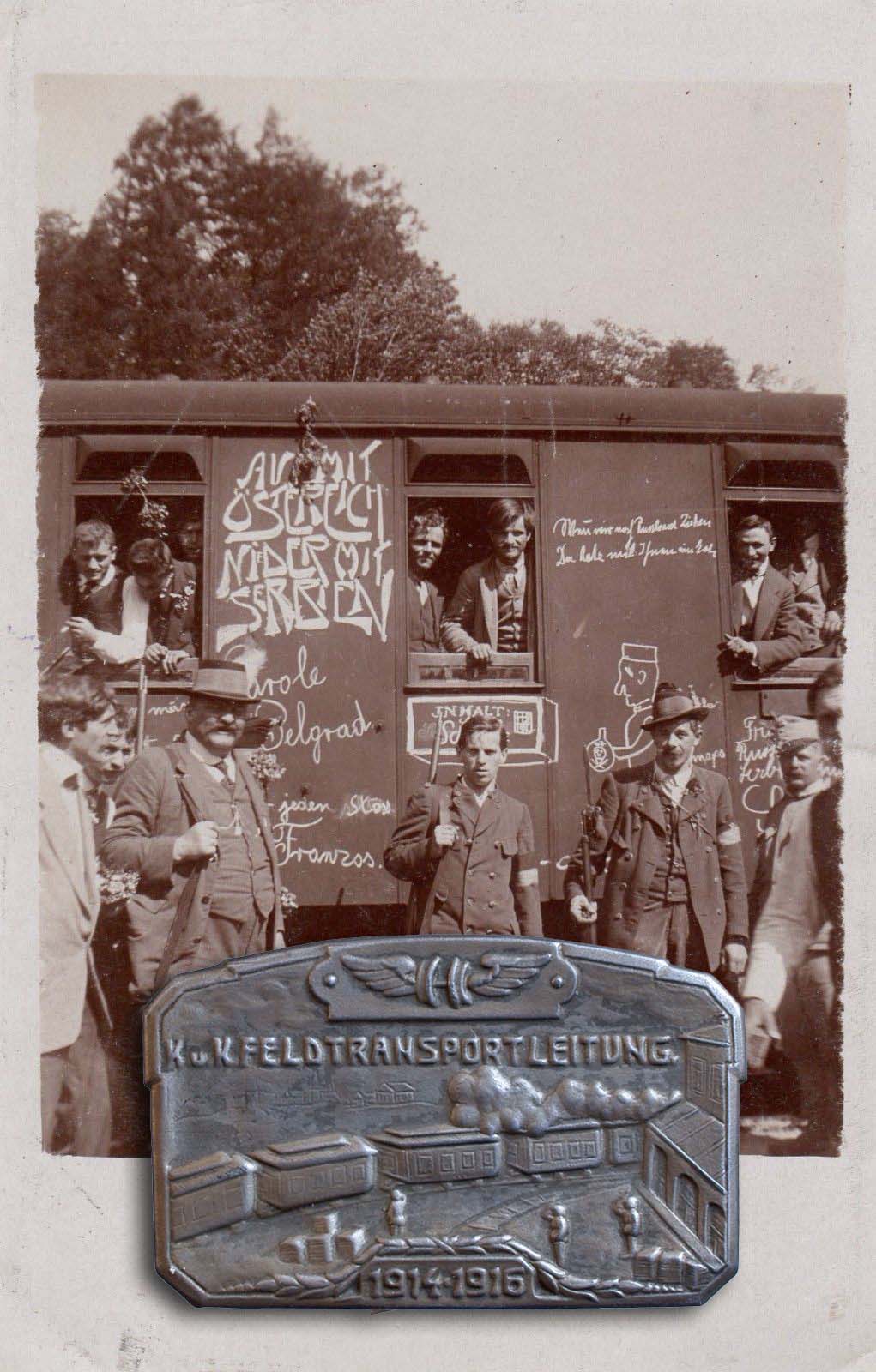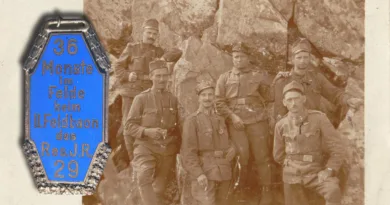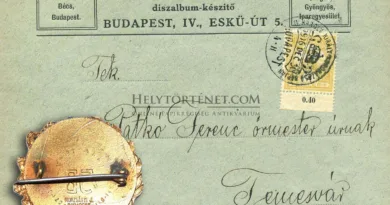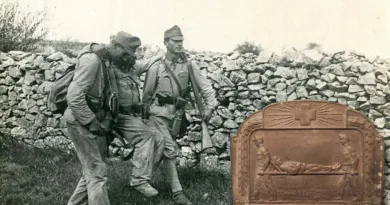Military transport lines
It is not necessary to explain at length that the movement of armies of many hundreds of thousands is a huge logistical task. During the Great War, troops were able to travel greater distances by rail. By this time, the railway network in the more developed European countries also in the Monarchy, was quite densely built. The coverage of the areas was almost complete. The situation was not so good in the Balkans and Turkey. The railways of the Monarchy were mostly one-track. A dual track was built only on the Vienna-Linz Salzburg and Krakow-Tarnów-Lemberg lines. Thus, the oncoming trains had to release each other at the stations. The 500-meter-long detour was able to handle 100-axle trains, the 250-meter 50-axle.
During the war, as a result of the fighting, the railway lines also had to be properly developed. After the Russian occupation of Bukovina, deliveries to the remaining part of the country could be made by building a new narrow-gauge railway line. This was the Prislop Railway. But even larger-scale developments took place from Lemberg, both north and south, to the occupied Russian territories. Similarly, in Serbia, and then in the Italian territories occupied at the end of 1917, it was necessary to connect the railway network of the Monarchy and the conquered territories.
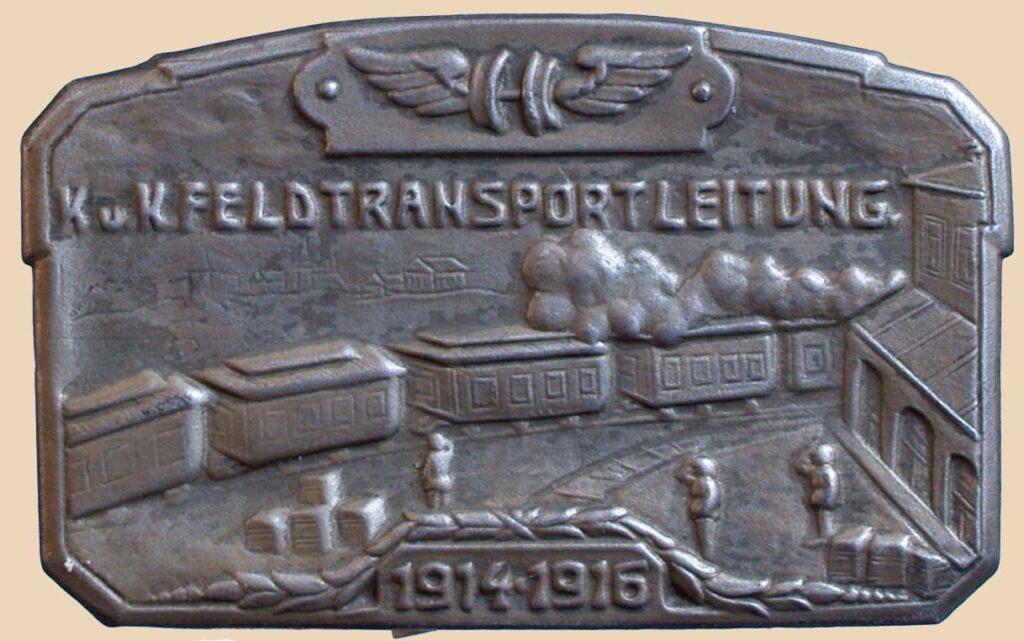
The operation of the railways designed to handle civilian traffic has, of course, been transferred to the Ministry of Defense. Transport lines (Feldtransportleitung) have been developed according to the needs of military transports. Their operation had to be solved both towards the interior areas of the mainland and between the parallel areas of the different fronts. The latter was particularly difficult, as the railways built for civilian traffic did not take the latter aspect into account at all. An absurd example is that from Pancsova, near Belgrade, to the east, to Zimony on the western side of the city, it was possible to reach via Szeged and Újvidék by rail, even though they were only 20 km apart. Moving troops on hundreds of kilometers of front lines was similarly difficult.
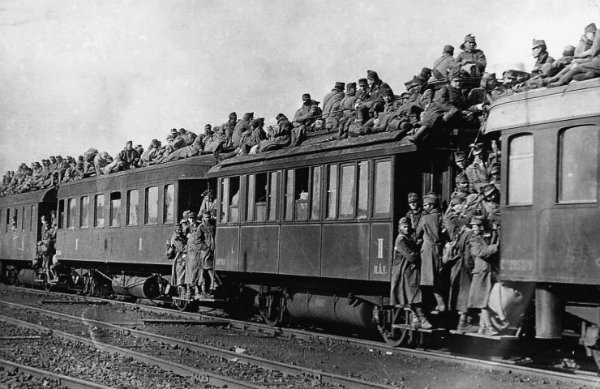
Half of the established transport lines were in Northern Hungary and Galicia. They were tasked with serving the Russian front. The lines stretched not only in a north-south direction, but also farther from the boundary line, in a transverse direction. These transverse lines played a major role in the redeployment of forces on the Russian front in 1914-15. In parallel with the Krakow-Lemberg line, there were other transverse lines on the southern side of the Carpathians in Hungary.
A total of 11 transport lines were established during the Great War. No. 1 was the already mentioned Krakow-Lemberg Stanislau line. An equally important high-traffic line was the 2nd, 50 km south of the previous one. Lines 3, 4 and 5 already stretched in Hungary, also in a west-east direction, with branches north to Galicia. The southernmost line 5 was the Budapest-Szolnok-Debrecen-Csap-Királyháza-Delatyn line. Line 6 ran between Arad-Temesvár and Újvidék. 7th and 8th stretched south-west from Budapest, towards Zagreb and Laibach. Transport lines 9 and 10 served the Italian front, partly towards Innsbruck and crossing the Brenner, partly through the Puster valley, connecting the Isonzo front and South Tyrol by a shorter route. Transport line 11 connected the Vienna-Salzburg main line with Tyrol.
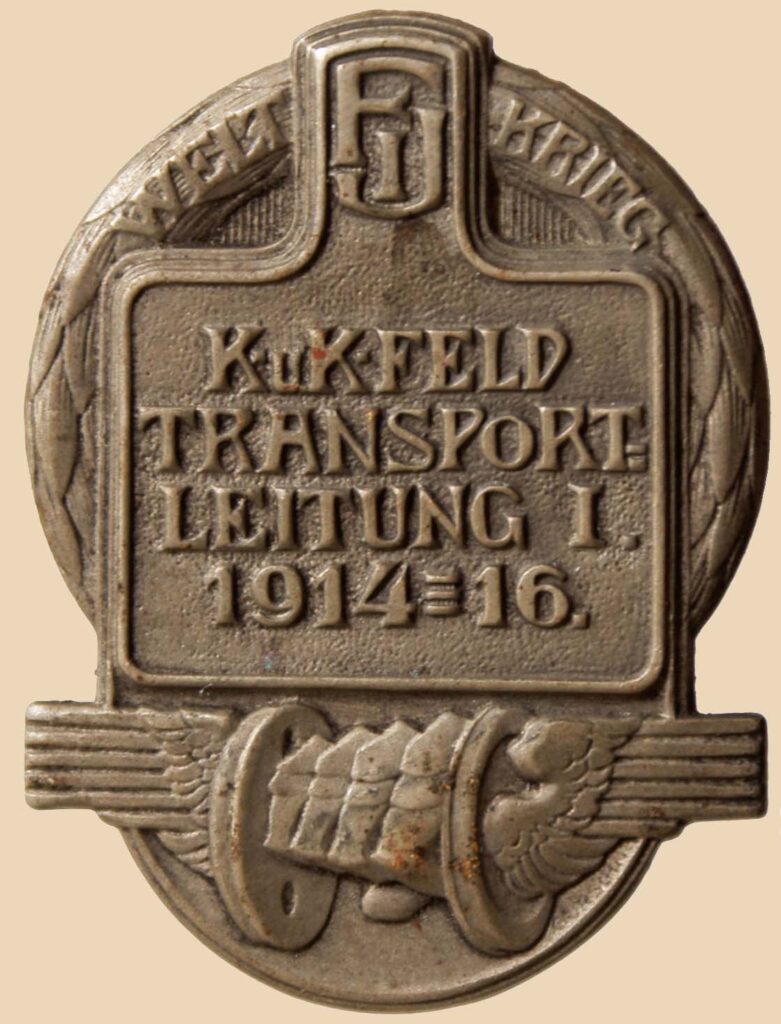

For some reason unknown to me, some delivery lines are missing from the series of badges manufactured by Gurschner. Only 1, 5,6,7,8,9 and 10 were made, the others were not. It is possible that lines 2-4 lost their significance by mid-1915, as the Russian front was already much further away. Therefore, no badge was made for them. The transport lines also had a general badge showing railroad cars that looked a bit childish. The opening image shows the 1914 mobilization. The final image is the 1918 return home. The supply lines of the Monarchy worked between the two events with full steam and satisfactory efficiency as far as possible. I also attach pictures of two pieces from Gurschner’s badge series to the post.

